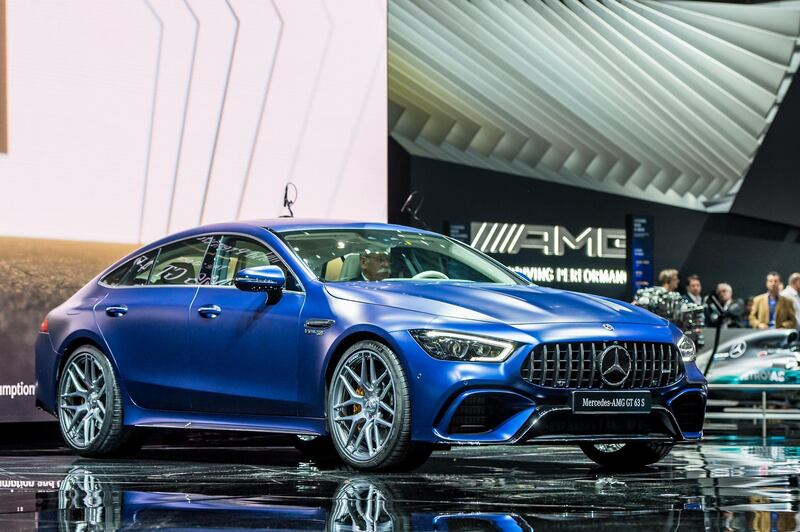Germany's Daimler is in a push to boost production capacity as its Mercedes-Benz Cars unit eyes annual sales of 3 million vehicles, up from 2.4 million last year, an executive told weekly publication Automobilwoche.
“The sites in our global production network are running at high utilisation rates,” Markus Schaefer, board member in charge of manufacturing and procurement at Mercedes-Benz Cars, was quoted as saying.
“That’s why we are expanding our capacities according to market demand and are moving towards 3 million units.”
_______________
Read more:
Speed and petrol power blaze way for electric future
Geely's $9bn stake in Daimler marks China's push into Europe auto arena
_______________
Another element in the plan is an increase in the number of Mercedes-Benz models to 40.
By the end of the decade three new production sites will come on stream: compact models will be assembled in Aguascalientes, Mexico from the third quarter of this year; a new site in Kecskemet, Hungary, will be built by end-2019; and the company is planning to add a second site in Beijing, Automobilwoche said.
Total investment in these projects amounts to $3.7 billion, it added.
The German automaker said last month that an expected rise in unit sales and revenue in 2018 will be countered by spending on new cars and technologies, forecasting earnings before interest and tax (EBIT) at a similar level as 2017.





